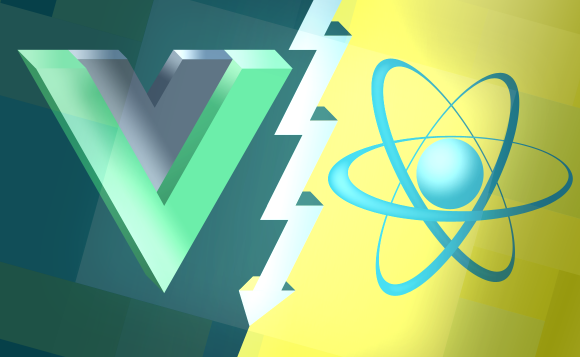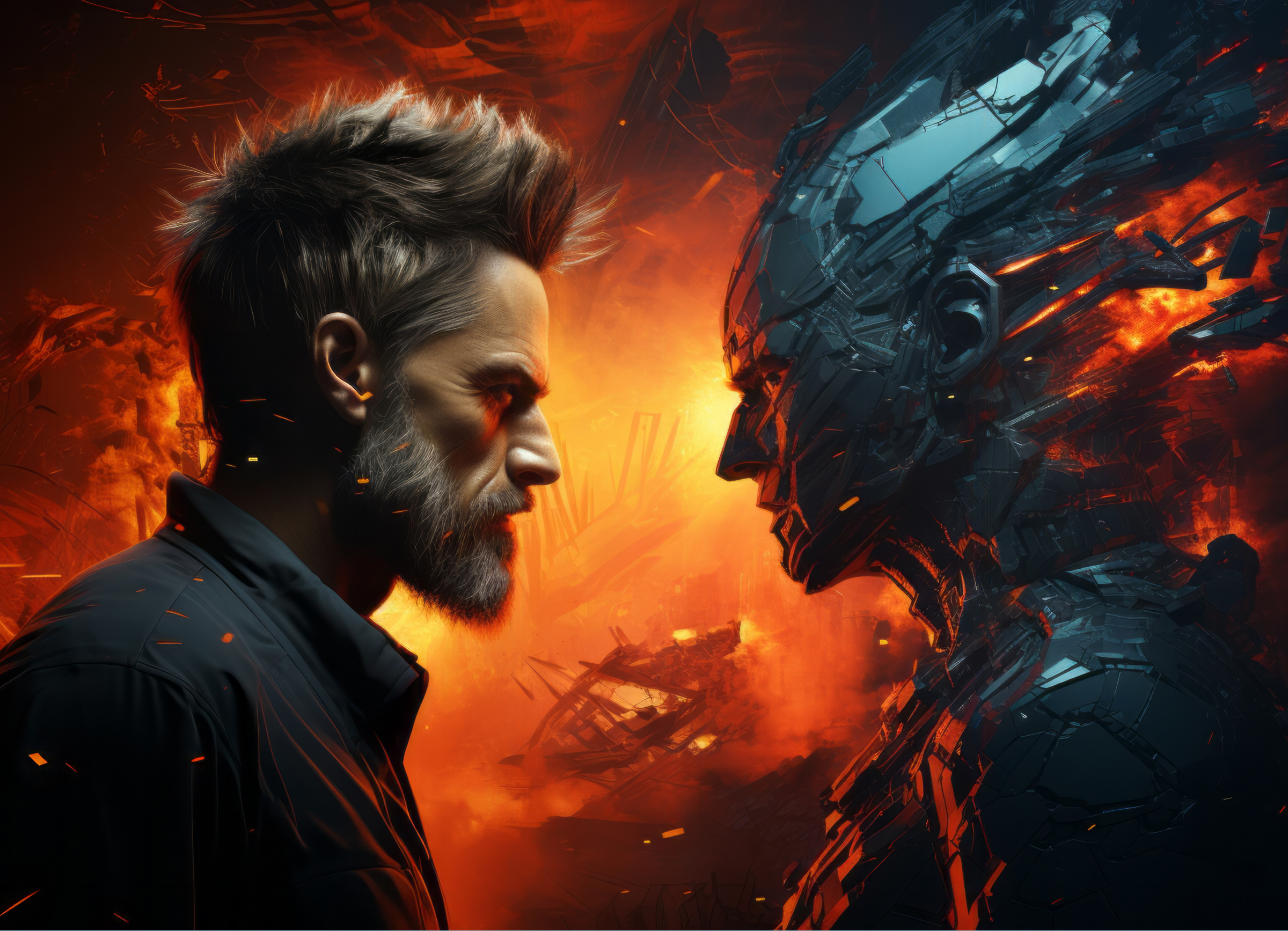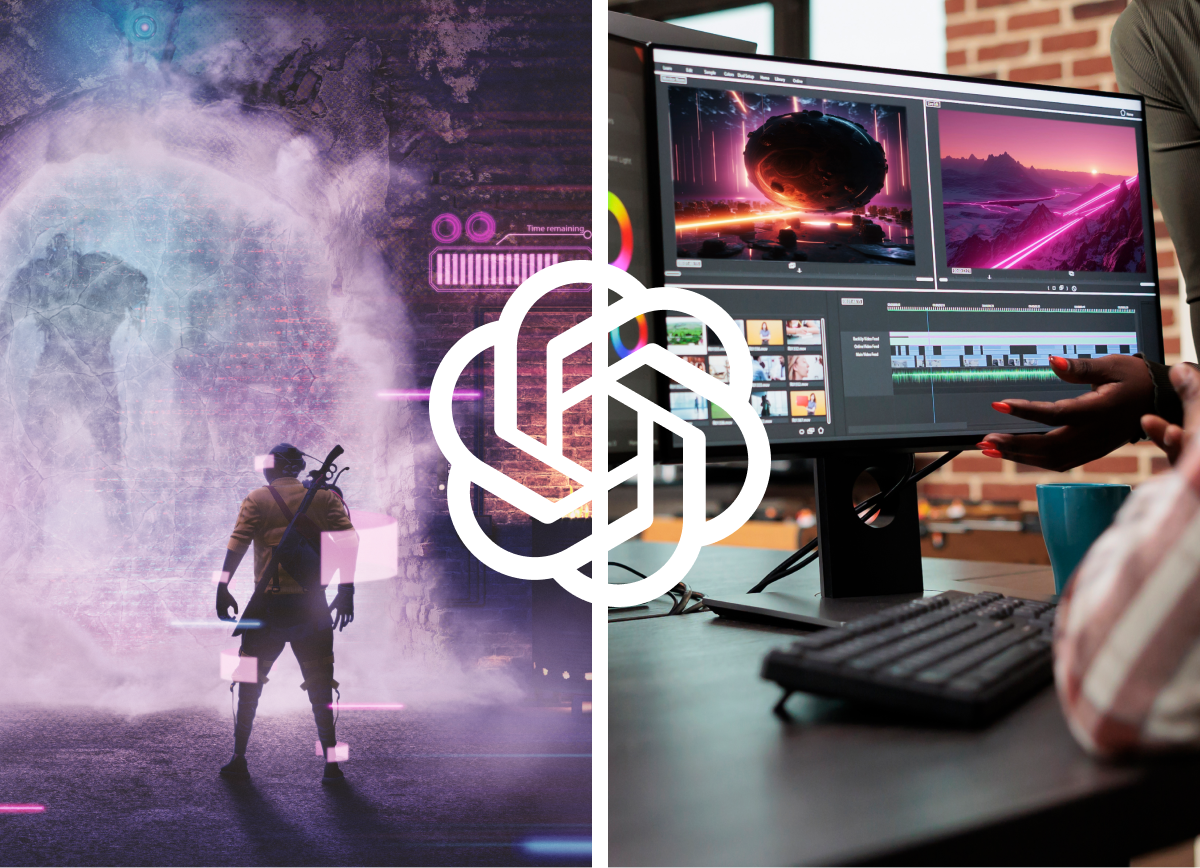
The frameworks that JavaScript has enabled to create over the years have become an essential part of every developer’s life. It is very tasking, however, for a developer to find a framework which suits their needs. Companies and private developers tend to promote frameworks which fit their practice space. While the frameworks are all designed to solve a set of core problems in software development, they all have different approaches to the same. Developers are better off knowing which framework does what and how. A good knowledge base into the workings of the frameworks in question makes it easier decide which suits your software needs best.
There are many arguments as to which framework is better regarding Vue and React. It becomes increasingly difficult to compare the two because React is a library, not a framework. However, seeing as they are designed for similar core purposes, it is necessary to gauge each and decide which is more suitable.
Similarities of Vue and React
While the two have significant structural and functional differences, Vue and React share some similarities in how they work.
Model
Vue and React both utilize the virtual Document Object Model (virtual DOM) in their workings. This attribute gives them an implementation method independent to from browser-specific structures.
Architecture
The architectural similarity between Vue and JS is that they are both components based and each works through reactivity. They both work by separating different functionalities of an application into distinct and independent parts with well-defined structures for communication. Each of them fulfills the effect of making websites feel livelier and reactive to user demands and activities.
Purpose and Functionality
Vue and React are developed to enhance the front end part of applications and are considered interface development tools. They are also developed to utilize the root library while other tasks within the application software are left to other libraries.
Differences Between Vue And React
Syntax
Vue and React are built very differently when you consider the syntaxes each of them utilizes. Developers find Vue to be a framework which is simpler and faster to learn. React, however, is an entire library. It requires more time to understand the entire library before using it. The code for Vue also tends to be shorter compared to that of React. The file size for the latest version of Vue currently stands at an estimated 58.8K while that of React is 97. 5K.
Performance
When it comes to performance, Vue seems to be a lot faster than React. Vue offers both one-way and two-way binding for developers, while React only allows the flow of data in one direction. On the other hand, React can be used to write native apps for both iOS and Android platforms. Vue is used to edit JavaScript syntax so that it can be used on both web and mobile applications. Usually, Vue is used in collaboration with other libraries such as Weex. Vue also wins at the deep memory allocation property.
Backward Compatibility
Frameworks which are able to work with older versions of applications or legacy systems are usually preferred by developers. React is a flexible library which offers developers excellent backward compatibility with legacy systems, including the ability to pair libraries from other packages with its own. It also offers developers the option of legacy migration, where older systems can be integrated into newer solutions. This is advantageous in that developers always have the option of reusing code syntax which may not be available in newer versions of software applications. Vue provides some backward compatibility, except its advantages are limited to code mobility and the ability to separate different functionalities into independent modules.
Flexibility
Vue and React share the ability to be flexible but in different ways. Because Vue primarily works with modular templates, it provides flexibility for small applications and makes the development and implementation easy. When the application is large, the flexible advantages of Vue become obsolete. It becomes increasingly difficult to, say, restructure your application because of the use of templates. React offers flexibility for larger applications thanks to its reusable nature, and restructuring also becomes an easier task when compared to Vue.
Templating
Templating is an essential development property which gives developers a structure to work with so they don’t have to develop from scratch. Vue is an excellent framework to use because it was built primarily to allow development of each component of an application by the use of templates. With React, there is no use of templates and developers have to launch the virtual DOM to execute code rather than add to existing code. Templating is not impossible, however, but it will require knowledge of advanced HTML to implement.
Development, Testing, and Support
The greatest challenge for Vue is that there is no pool of resources which developers can use as they create their applications. This makes the framework significantly less popular compared to React. Having been written by professionals at Facebook, React is an entire library, with ready to use instructions and solutions. There are online manuals and guides from which developers can reference their code. The community support is also immense for React. This makes aspects such as debugging and refactoring a much easier process compared to Vue.
Mobile and Web Application Development
Vue shines in the web application development field thanks to its ability to be easily embedded into existing code. It serves the core purpose of making already existing code faster, implements two-way binding and achieves the effect of making web applications more interactive. React, on the other hand, provides a better platform for mobile app development. Thanks to the React Native library offered, it makes the creation of mobile applications without highly professional knowledge or skill possible.
Final Verdict
Vue and React are both JavaScript derived technologies which serve similar core purposes. The two, however, have distinctly different ways of solving these problems and each excels in different areas of development. The choice to go with either should be influenced on what properties a developer wants their application to have, how much time they have to develop it, what size their application will be, among other factors.


